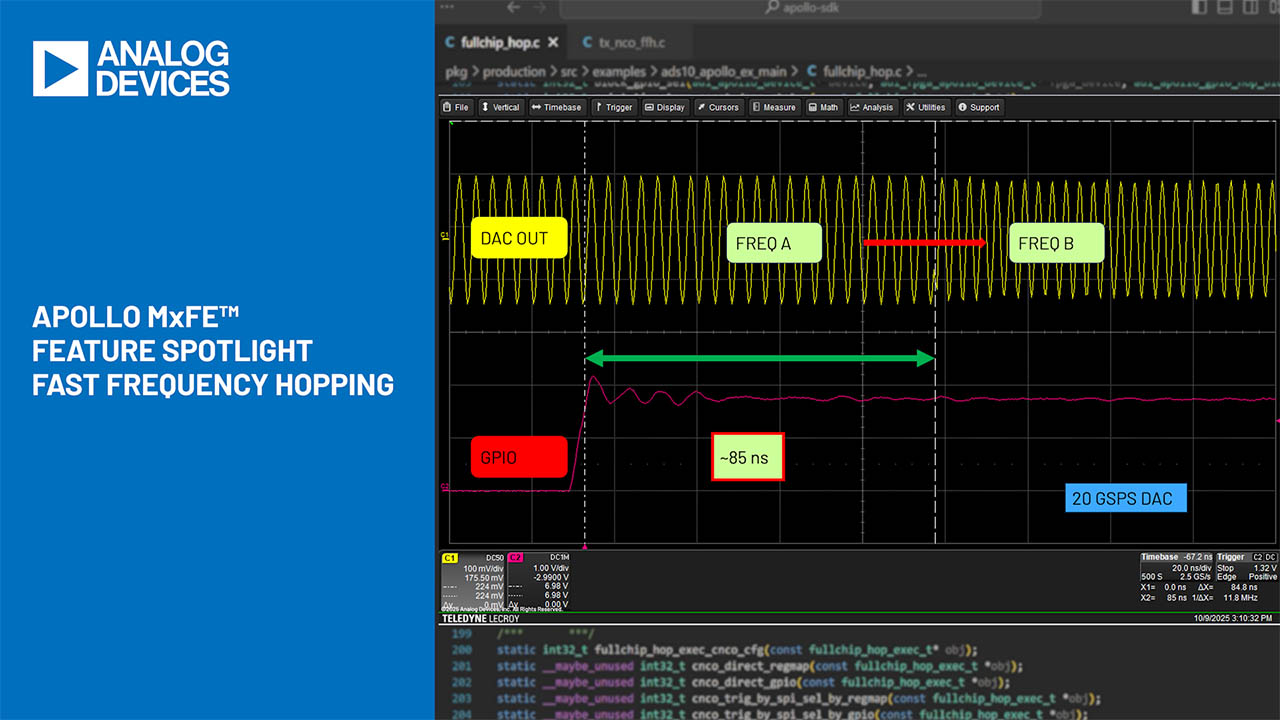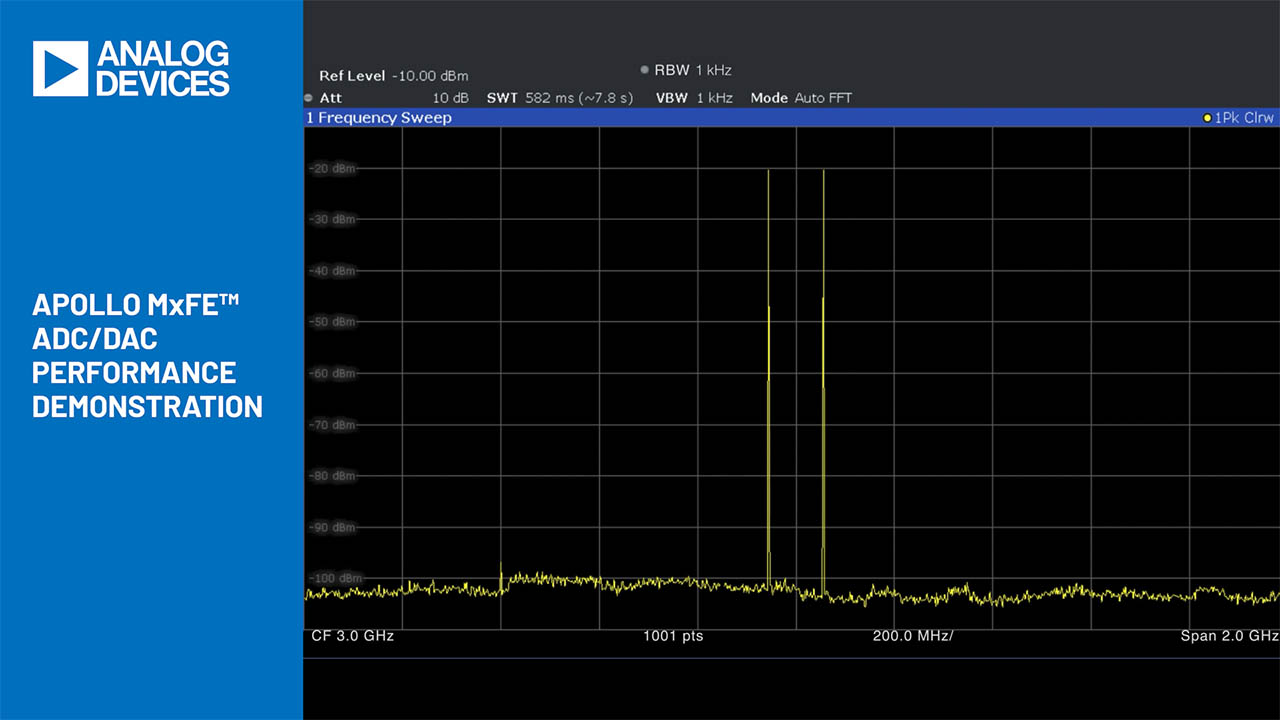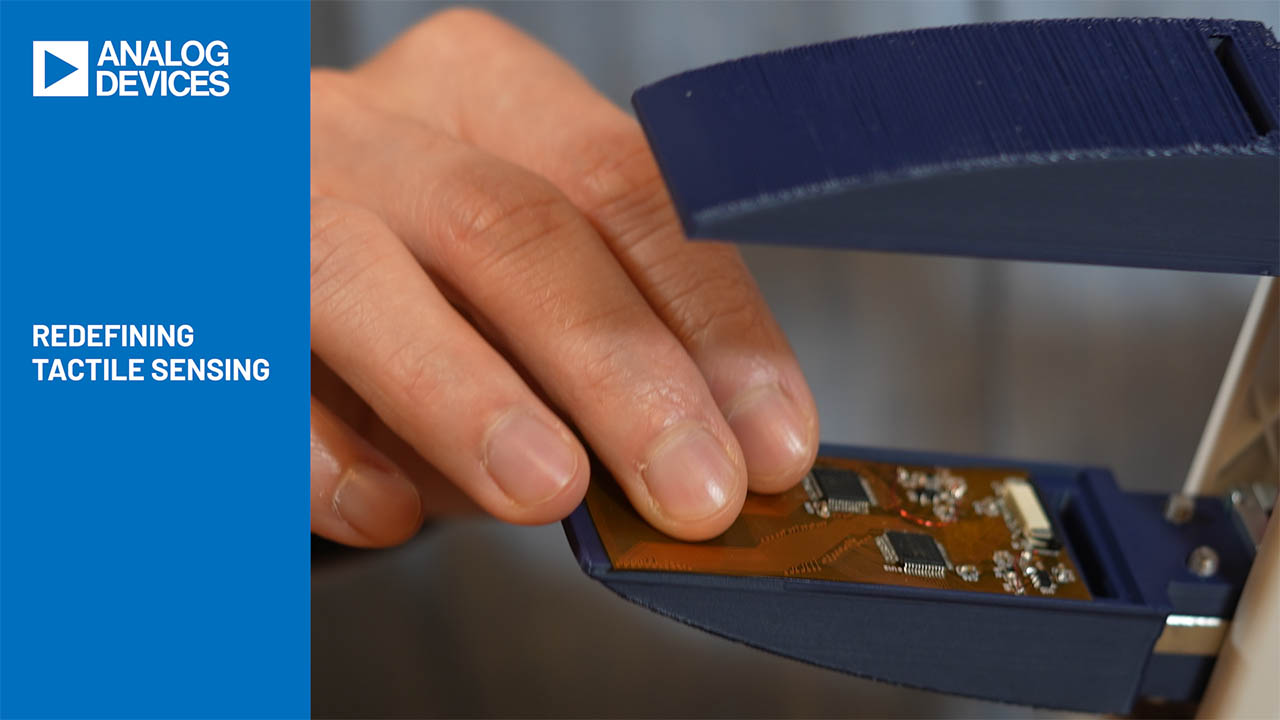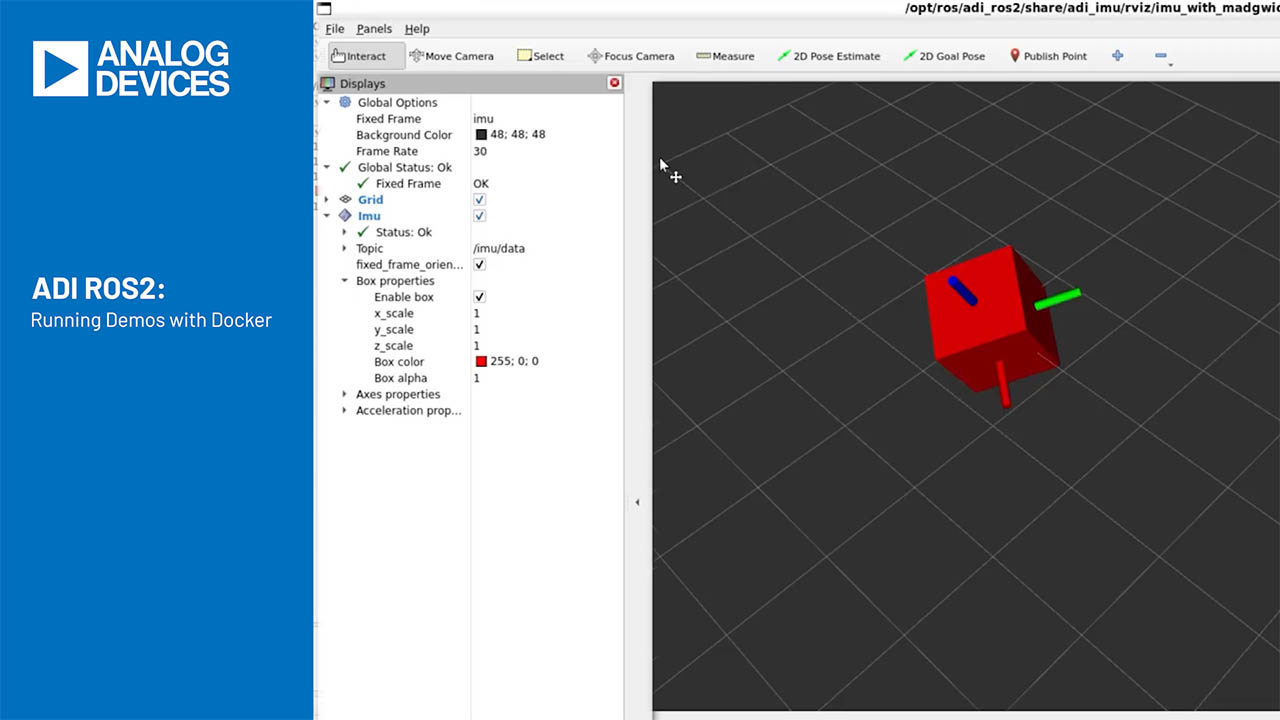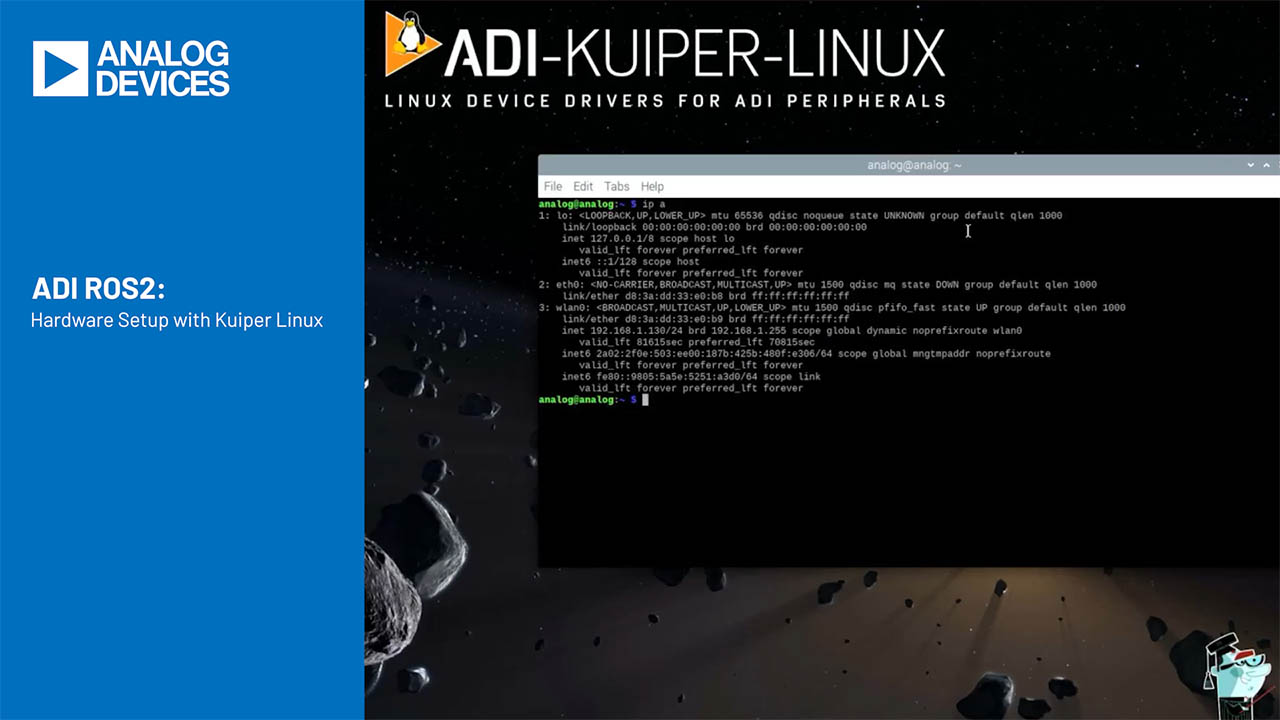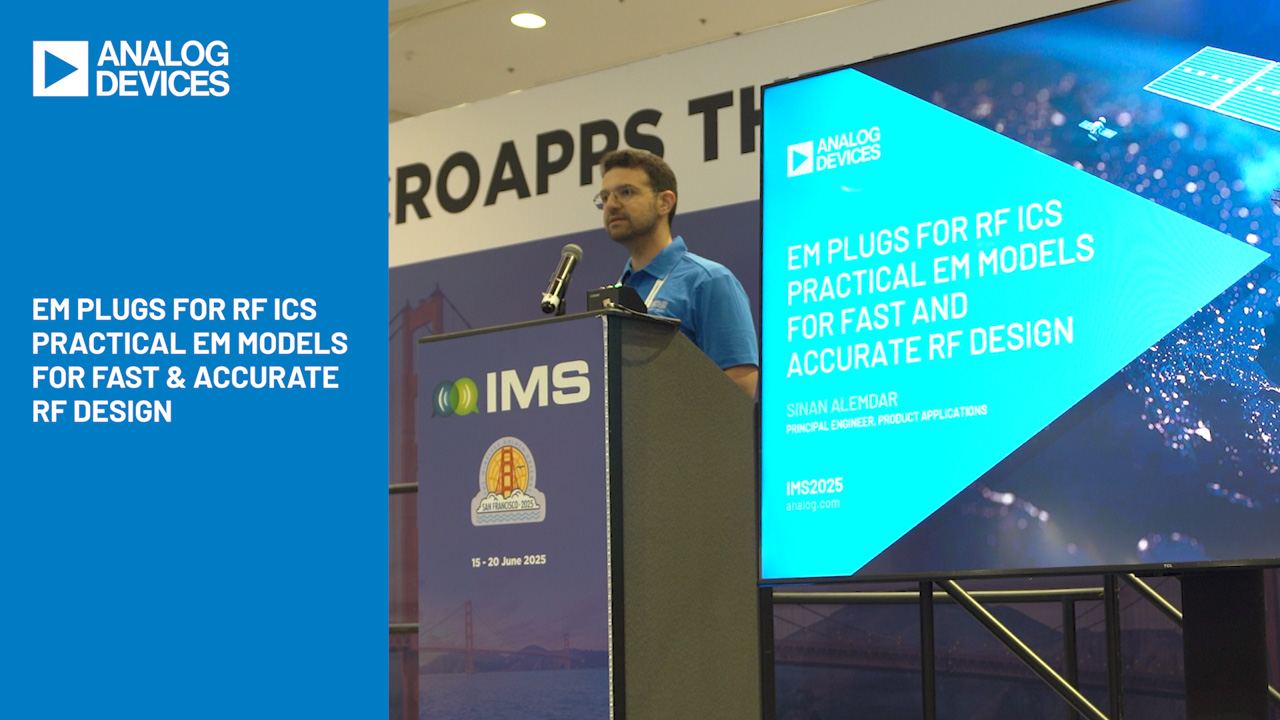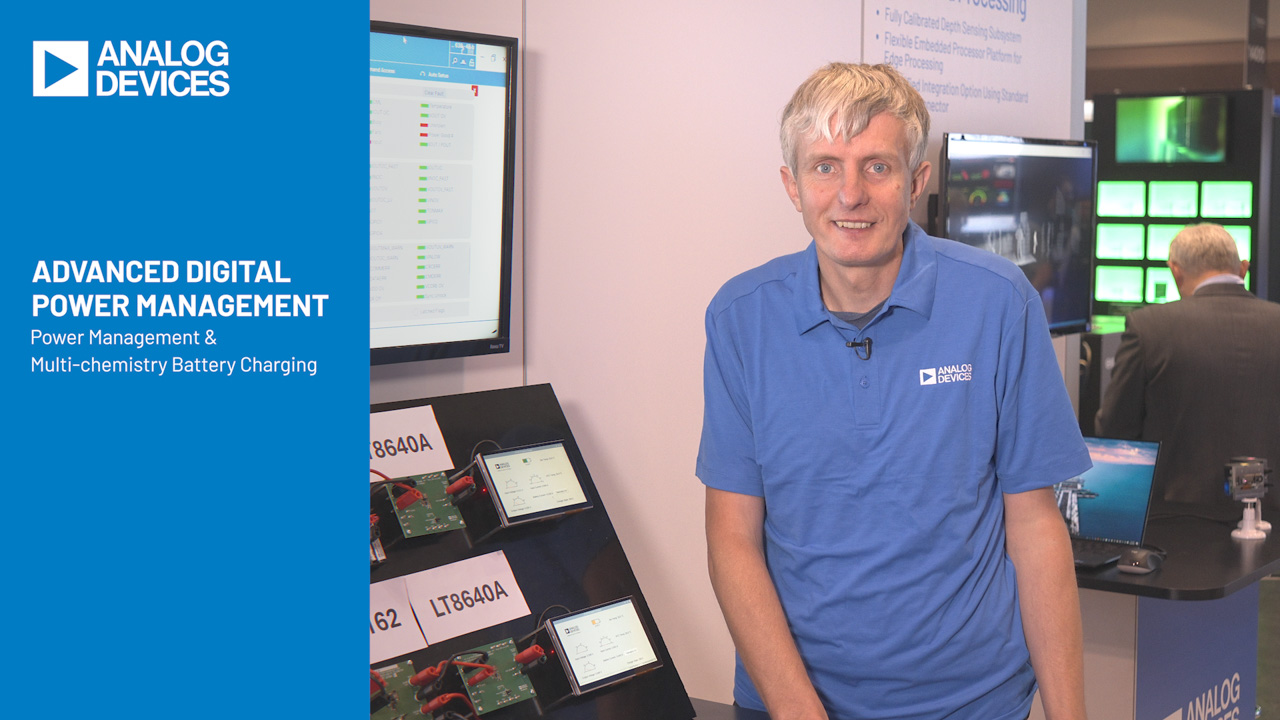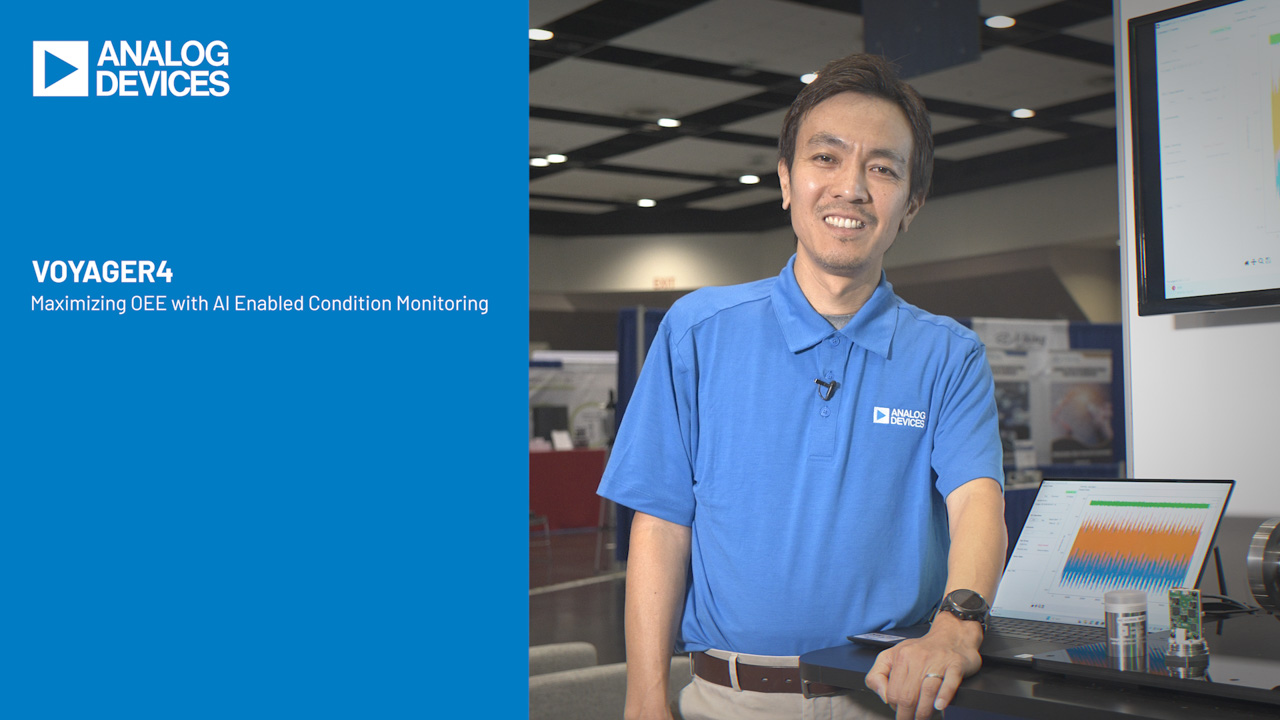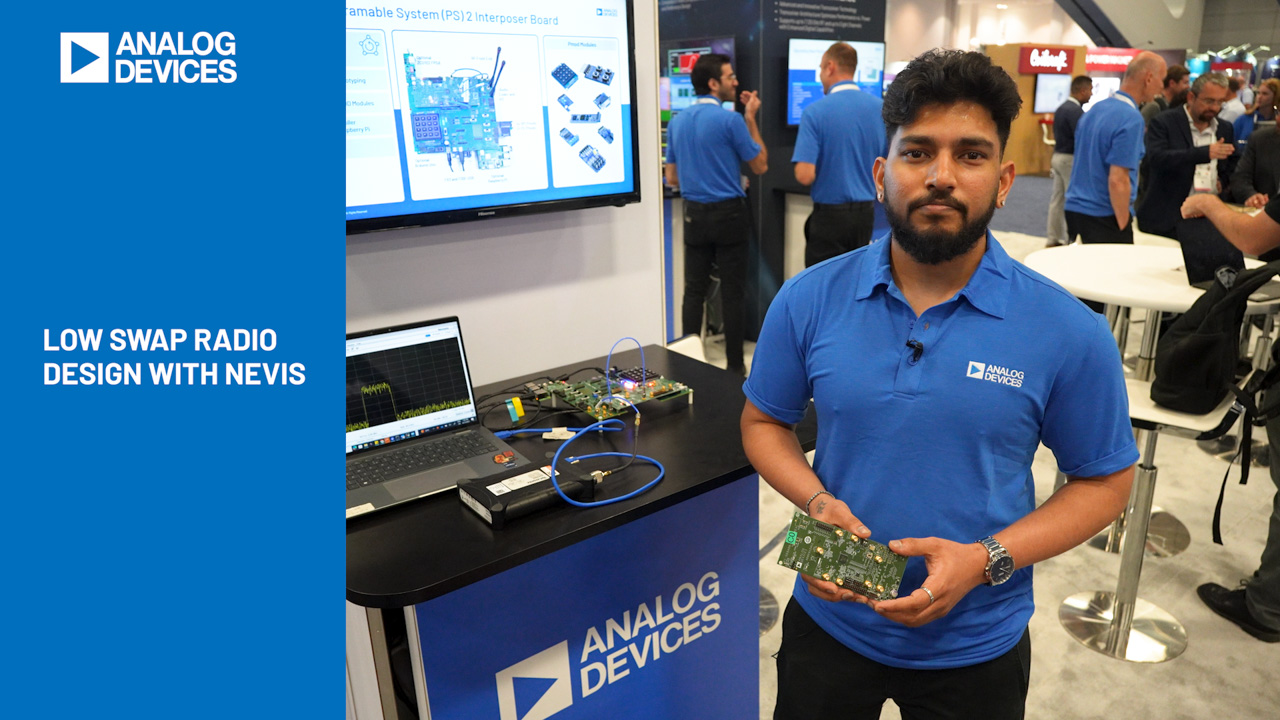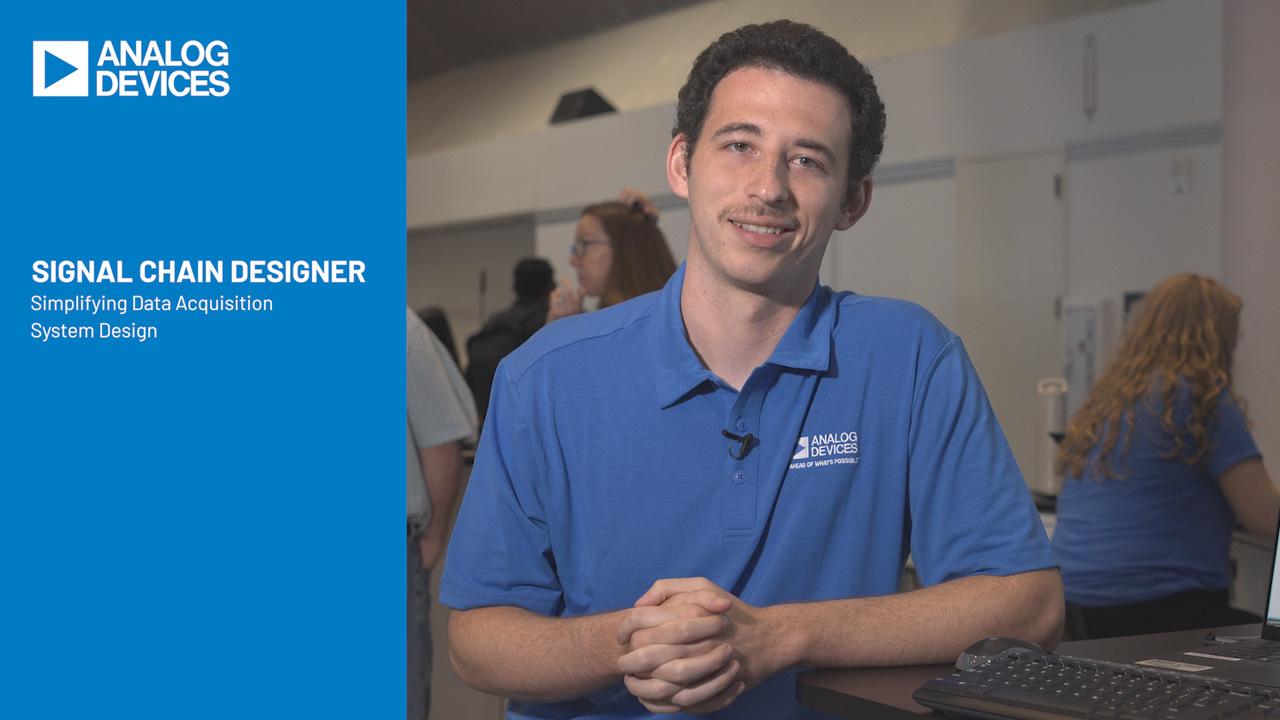Small Footprint, High Efficiency Current-Mode Buck Regulator for Portable Electronics
Small Footprint, High Efficiency Current-Mode Buck Regulator for Portable Electronics
by
Mark Vitunic
May 1 2001
Introduction
Two important considerations for the power supplies used in portable electronic products are small overall size and high efficiency for longer battery life. The LTC1779, a constant frequency, current-mode step-down DC/DC converter is designed to provide both.
The LTC1779 is offered in a tiny SOT-23 package. External component count is kept to a minimum as both the high-side 250mA PMOS switching element and the current sense resistor are included on the IC. A high constant operating frequency of 550kHz (typical) allows for the use of a small external inductor.
The LTC1779 consumes only 135µA of quiescent current in normal operation and a mere 8µA in shutdown. The device features Burst Mode™ operation, which reduces switching losses at light load currents, thereby improving efficiency. To further extend battery life, the internal P-channel MOSFET is turned on continuously in dropout (100% duty cycle).
The LTC1779 boasts a ±2.5% output voltage accuracy. The wide input voltage range of 2.4V to 9.8V is suited for single or dual Li-Ion and 9V alkaline applications.
Single Lithium-Ion to 1.8V/250mA Step-Down Converter
Figure 1 shows the LTC1779 in a 1.8V/250mA application powered from a single Li-Ion battery input. Figure 2 shows an oscilloscope photograph of the pin 6 switching node (SW) with VIN = 3.6V and IOUT = 100mA. The switch duty cycle is equal to (VOUT + VD)/(VIN + VD), where VD is the forward voltage drop of the external diode D1 and is approximately 53%. Figure 3 is a plot of efficiency vs load current over the useful life of a single Li-Ion battery (4.2V down to 2.7V). The measured peak efficiency is 87% with VIN = 4.2V and 91% with VIN = 2.7V. For an ideal linear regulator, the corresponding efficiencies would be only 43% and 67%, respectively.

Figure 1. LTC1779 minimum component count, single Li-Ion to 1.8V/250mA step-down converter.
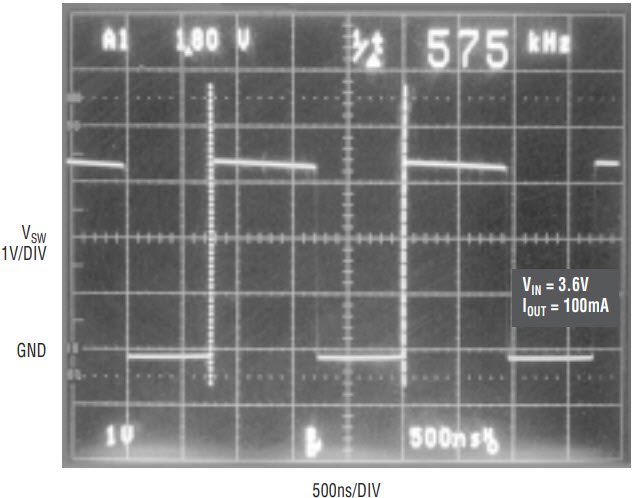
Figure 2. Pin 6 switching node waveform for Figure 1’s circuit.
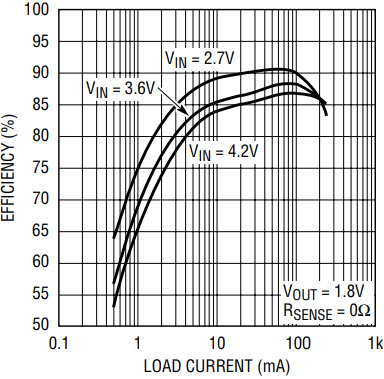
Figure 3. Efficiency vs load current for Figure 1’s circuit.
Conclusion
A wide input range of 2.4V to 9.8V, low quiescent and shutdown current, high efficiency, low external parts count and small package size make the LTC1779 ideal for portable applications.
About the Authors
Mark Vitunic is a design manager in the power business unit of Analog Devices. He officially joined ADI in 2017 as part of the acquisition of Linear Technology, where he had worked for the previous 19 years. Mark manages n...




